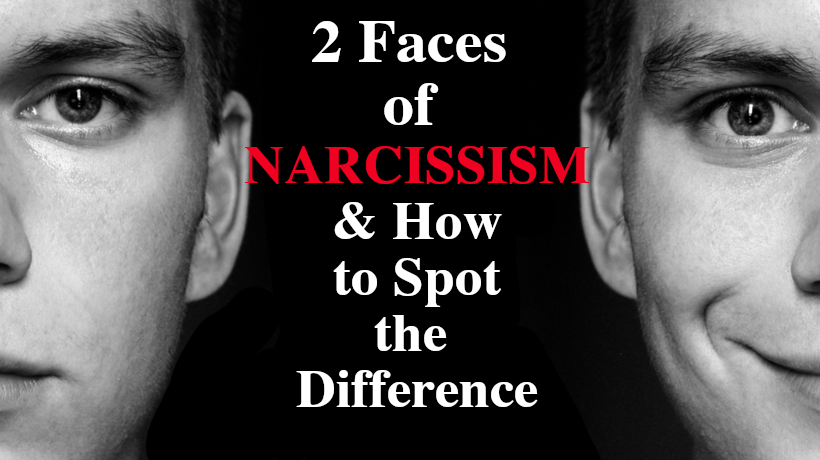The term “narcissism” has been used and thrown around in the media, making it hard to pinpoint what exactly is narcissism and when is a person actually exhibiting narcissistic traits. While most people have some degree of narcissism intertwined with their personality, as W. Keith Campbell, Ph.D., and Carolyn Crist suggest, there seems to be more to narcissism than we originally thought.
Campbell and Crist’s new research book highlights and breaks down the different types of narcissism, as seen in the 21st Century. Years of research from psychologists and psychotherapists present the “Trifurcated Model,” which according to Campbell and Crist, “shows how both the grandiose and vulnerable forms relate to the core narcissistic personality traits of antagonism, self-importance, and a sense of entitlement.”
Narcissism can be broken down into two types: grandiose and vulnerable or a combination of the two.
According to the authors, “Grandiose narcissists, for instance, tend to exhibit confidence, boldness, and self-esteem as it relates to their disagreeableness and ego.”
Vulnerable narcissists, on the other hand, are shy and anxious. They tend to have low self-esteem and low self-confidence which circles back to their ego and their need to be the center of attention.
The authors provided three examples — one for each type of narcissism — and explain in further detail about the traits they may show.
- Your favorite influencer loves to brag about her rich lifestyle. She name-drops all the time and is very fond of herself. She thinks the world revolves around her. She is charming and attractive, even with her self-centered behavior.
- A shy and insecure acquaintance is depressed, but also full of themselves. He doesn’t show compassion for others and constantly complains about his coworkers and their ability to do their work. He plays the victim and says if others recognized his intelligence, he wouldn’t be living in an unfair world.
- Your coworker brags and highlights his accomplishments on social media, but he’s not as good as he thinks he is. He constantly puts others down and expects special treatment. It’s either his way or the highway. When criticized, he gets defensive. His coworkers see him as a suck-up, but the boss likes him.
How to Spot Narcissists
Grandiose narcissists
People who have a grandiose sense of self, like the influencer, are often bold and outgoing. People are attracted to them because they are attractive and charming. People leave them eventually because they lack empathy and are everything has to be about them. In bullet form:
- bold and outgoing
- attractive
- charming
- name-drops
- bragging
- turns the conversation to themselves
- thinks highly of themselves
- entertaining
- lacks empathy
Vulnerable narcissists
Vulnerable narcissists, like the quiet and shy acquaintance, are harder to spot because, on the outside, they may look like introverts. They do not take criticisms well and like to be the center of attention. Here it is in bullet form:
- Quiet and shy
- introverted
- don’t take criticisms well
- self-centered
- plays the victim
Combination (grandiose & vulnerable) narcissist
This particular narcissist, as shown in the third example, may be harder to spot because vulnerable narcissists are hard to spot. They will have both qualities of a vulnerable narcissist and a grandiose narcissist. This means that they can be extraverted and ambitious, but may also be defensive and reactive as well as incredibly insecure.
- Qualities of both vulnerable and grandiose narcissists
- does not take criticisms well
- may be extraverted and ambitious
- may be incredibly insecure
- self-centered
Ultimately, psychologists and psychotherapists are always learning about narcissists. This new model may change the way we think about narcissists, in general. More research needs to be done about this specific model and how it relates to our new understanding of narcissists.
Campbell and Crist say as a last remark, “This new understanding of narcissism has the potential to change the cultural conversation around narcissism, too, and how it operates in society today.
Sources:



